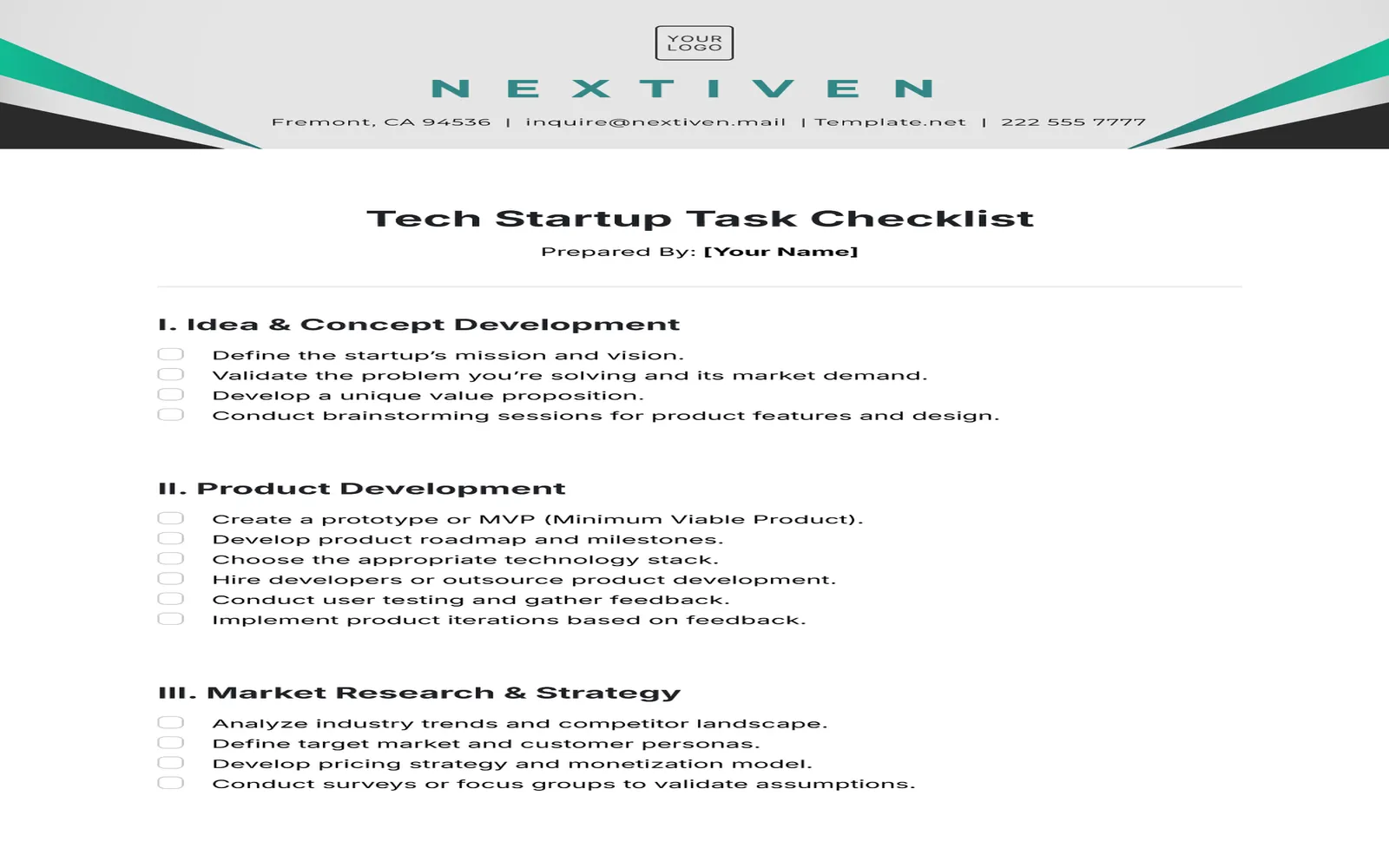Understanding Keyword Data and Its Importance
In today’s digital landscape, leveraging keyword data is essential for businesses aiming to stay ahead of the competition. Keyword data provides insights into what potential customers are searching for, allowing companies to tailor their product development to meet these demands. By analyzing this data, businesses can identify trends, gauge interest levels, and make informed decisions that directly impact their product offerings.
The Role of Keyword Research in Product Development
Keyword research is the first step in understanding consumer behavior. By identifying high-volume keywords related to your product, you can gain a clearer picture of customer preferences and market trends. For instance, if you notice a surge in searches for "eco-friendly packaging," it could indicate a growing consumer interest in sustainable products. This insight can drive your product development team to focus on creating environmentally friendly packaging options.
Moreover, keyword data can help you uncover gaps in the market. If you find that certain keywords related to your industry have low competition but high search volume, it may present an opportunity to develop a unique product that fulfills that need. This strategic approach can enhance your competitive advantage and position your brand as a leader in innovation.
Utilizing Tools for Keyword Analysis
To make the most of keyword data, businesses can utilize various tools designed for keyword analysis. These tools help identify relevant keywords, search volumes, and competition levels. Some popular options include Google Keyword Planner, SEMrush, and Ahrefs. Each of these platforms offers unique features that can assist in gathering valuable insights.
When analyzing keyword data, it can be beneficial to present the information in an organized manner. Below is an example of how keyword data can be structured in a table format:
| Keyword | Search Volume | Competition Level |
|---|---|---|
| Eco-Friendly Packaging | 12,000 | Medium |
| Biodegradable Containers | 8,500 | Low |
| Reusable Bags | 15,000 | High |
Implementing Keyword Insights into Product Strategy
Once you have gathered and analyzed keyword data, the next step is to implement these insights into your product strategy. This process involves several key actions:
1. Prioritizing Product Features: Use the keywords with the highest search volume to prioritize features in your product. If "biodegradable containers" is a keyword with significant interest, ensure that your product development focuses on making these containers a core offering.
2. Creating Targeted Marketing Campaigns: Once you have developed products based on keyword insights, you can create targeted marketing campaigns that resonate with your audience. Utilize the keywords in your advertising copy, social media posts, and website content to attract organic traffic and improve conversion rates.
3. Monitoring Performance: After launching new products, continuously monitor their performance based on keyword rankings and search volume. Use this data to make adjustments to your offerings, ensuring that your products remain relevant to changing consumer interests.
Case Study: ReferrerAdCreative's Success
ReferrerAdCreative is a prime example of a company that has effectively utilized keyword data for product development. By conducting thorough keyword research, the company identified a rising demand for "digital advertising solutions" and "targeted ad campaigns." In response, they developed a suite of tools tailored specifically to these needs.
The results were impressive. By focusing on the identified keywords, ReferrerAdCreative saw a 30% increase in website traffic and a significant rise in customer inquiries. Their ability to align product development with keyword data not only improved their product offerings but also enhanced their overall market presence.
Conclusion: The Future of Product Development
In conclusion, utilizing keyword data for product development is no longer optional; it’s a necessity for businesses seeking to thrive in a competitive market. By harnessing the power of keyword insights, companies can create products that meet consumer demands, fill market gaps, and ultimately drive profitability. The case of ReferrerAdCreative exemplifies how effectively leveraging keyword data can lead to substantial business growth. As the digital landscape continues to evolve, staying attuned to keyword trends will be crucial for any business aiming for long-term success.





